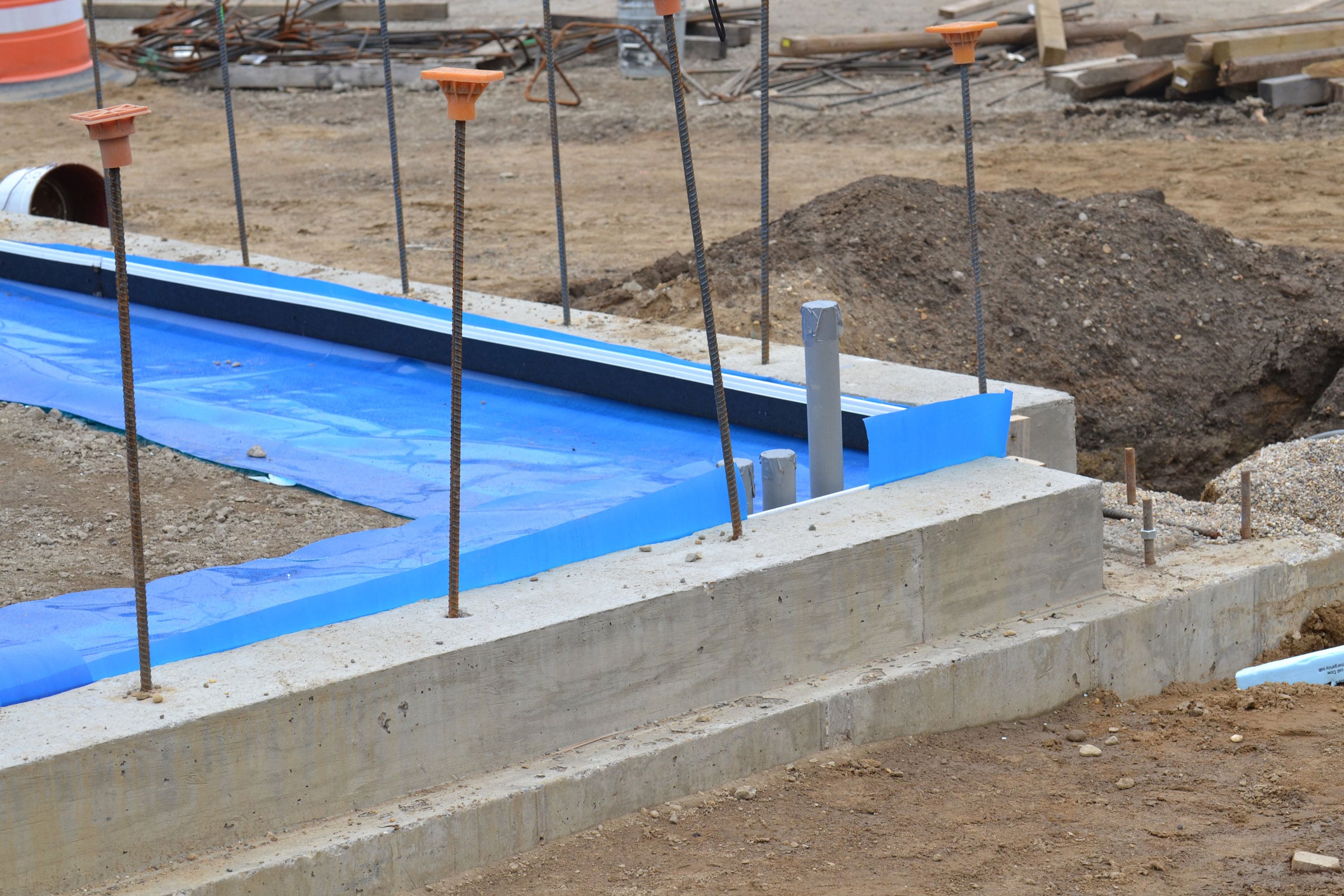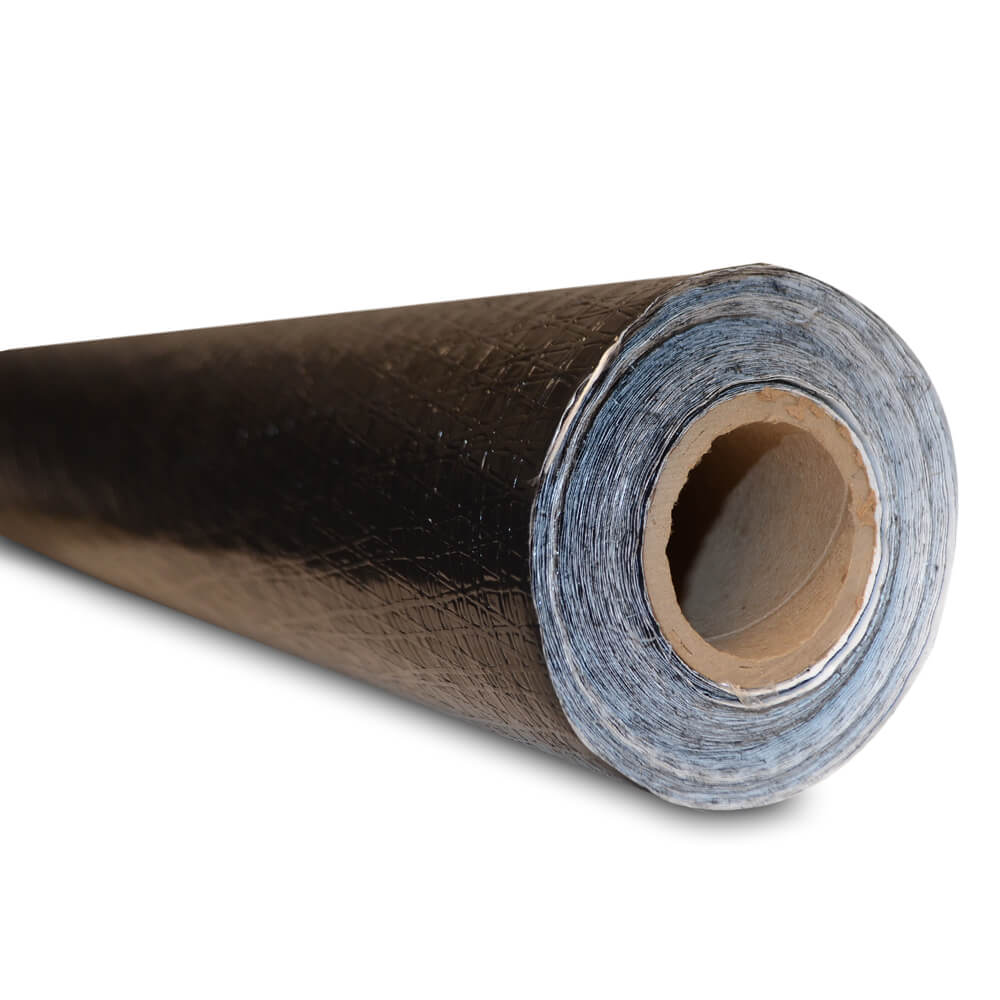
Keep Things Gentle First things first, make sure you are avoiding harsh ingredients, artificial fragrance, and aren’t overdoing it on the chemical and physical exfoliants. Just remember to be patient: It can take a few weeks, even a month, to restore a damaged barrier. If you believe your moisture barrier may need some repair, here are some actions you can take to get it back in top shape-besides, of course, investing in a trusty moisturizer.
MOISTURE BARRIER HOW TO
How to Support and Repair Skin's Barrier Function Inflammatory flare ups (eczema, psoriasis, rosacea).If you experience any of the below, you may have a weakened barrier:
MOISTURE BARRIER SKIN
That’s because a compromised barrier is less able to protect the skin against bacteria and irritants that cause these types of inflammation and acne flare ups. However, according to Polina, “a damaged moisture barrier is the cause or contribution to acne and forms of dermatitis”, such as rosacea, psoriasis, and eczema. The obvious signs are results of that moisture loss: dryness, irritation, tightness, and visible flaking. How Can You Tell If Your Skin's Moisture Barrier Is Damaged?

TEWL) and the barrier is left damaged and unable to properly defend itself. If microscopic cracks do appear, all of that water seeps out (a.k.a. Without getting into the scientific details, know this: When your barrier is strong and functioning properly, your skin can pull moisture from the air around it. Lipids “hold your skin cells together to prevent microscopic cracks from forming that can, in turn, cause a damaged moisture barrier by a process called TEWL (transepidermal water loss)”, Polina explains. If the “level” box is blank, look on the barcode label nearby.Three different parts make up the moisture barrier: the outer level cells (these are the ones you see when you look in the mirror), the lower level cells (which are hidden beneath the surface of your skin), and the intercellular lipids (sandwiched between the two, this is the most important piece of the puzzle). This label is applied to the outside of the bag. In addition, a Moisture Sensitive Level (MSL) label is used to tell you how long the devices can stay outside the bag before they should be soldered onto the board. Desco Europe recommends the user follow procedures defined in IPC/JEDEC J-STD-033. The HIC will note the highest relative humidity exposure, so the user can determine if baking the devices is required.

The bags are sealed, including being vacuum sealed, containing the SMD, or other content, along with the Desiccant and selected HIC. SCS Dri-Shield® bags are designed to be used with Desiccant and a HIC for packaging surface mount devices (SMD) trays and reels. Our SCS brand manufactures Moisture Barrier Bags with different laminates having different moisture vapour transmission rates. The HIC is typically used with Desiccant inside a Moisture Barrier Bag to protect static and moisture sensitive components noting the highest relative humidity level exposure. However, the IPC/JEDECJ-STD-033C standard describes the standardised levels of floor life exposure for moisture/reflow-sensitive SMD packages along with the handling, packaging, and shipping requirements necessary to avoid moisture/reflow-related failures.įor help in selecting the right Moisture Barrier Bag for your application, visit our selection guide.ĭesco Europe’s Humidity Indicator Cards (HIC) are printed with moisture sensitive spots which change colour from blue to pink, or brown to yellow, when exposed to a relative humidity level. Most manufacturers of Moisture Sensitive Devices (MSD) will dictate how their product should be stored, shipped, etc. The puncture strength or resistance captures the maximum pressure the bag film can with stand before puncturing.
MOISTURE BARRIER SERIES
It is the Foil, high barrier bags (Dri-Shield® series 3000, 3400 and 3700) that have the lowest MVTR, and that meet IPC/JEDECJ-STD-033 requirements.

The lower the MVTR the more effective the bag is at preventing water vapour from being transmitted. When choosing a moisture barrier bag there are two main specifications you need to consider, the puncture resistance and the Moisture Vapour Transmission Rate (MVTR).


 0 kommentar(er)
0 kommentar(er)
